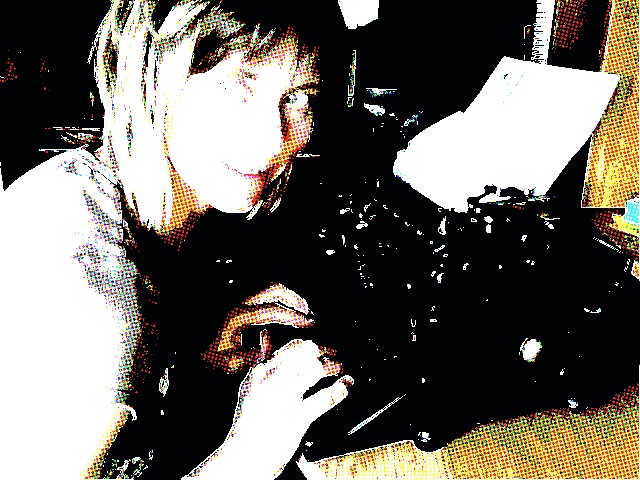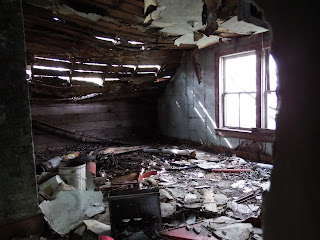Rising sun on a
frigid winter morning wraps the Rockies in dawn light lingerie. As the world
turns, mountain flanks and alpine slopes are revealed. Two days past solstice
and we are on the uphill climb out of the valley of the shadow of darkness
where we have been lingering for the past few weeks.
Colours
kaleidoscope as the aspect of mountain and angle of earth shift, and rock meets
sky. I behold the very definition of beauty. And I am aware enough of the
present moment to know it.
So,
why the hell am I in such a foul mood?
Maybe
it’s because of the ice I’ve been slipping on as I scurry around town with
hundreds of other Xmas shoppers. Maybe it’s my hormones. Maybe it’s because my
kids are at their other house and I miss them. Maybe it’s because I’m such a
loser. Wait, that’s it!
Ever
heard of Rashida Jones? If you haven’t, then you must be a loser just like me.
She’s the daughter of music magnate Quincy Jones and (70s) Mod Squad star/model
Peggy Lipton. Rashida is a Harvard graduate, Hollywood actress, social
activist, comic book series creator, and TV and movie writer—in fact, she’s
writing the script for Toy Story 4. And she's not even 30.
Well,
there you go. I don’t know why I even bother.
Hmm,
let’s see, what are my accomplishments??
I
could list a few, but there ain’t no way I’m gonna look as good as Ms. Jones.
Sheesh,
I’m not making myself feel any better here.
When
I found myself in this funk I took myself to a cafe and treated myself to
coffee (this much I apparently have in common with Rashida). While I sipped my
latte (with a generous spoon full of brown sugar stirred in) I read some
writings by Thích Nhất Hạnh. You know the guy, he’s famous for being in the
present moment, and teaching engaged Buddhism.
“It turns out,”
he writes, “that everything you have been looking for is already there in the
present moment, And the secret of the finding is to go back to the now.”
God,
I had to roll my eyes—way up. My bad mood was not assuaged.
The
random chaos of my mind can really appreciate the now. The now is always
interesting, ever changing, unorganized, messy, impermanent, and free. I like
the now. In fact, I do spend a fair amount of time in the now, and have, of
late, felt more and more comfortable letting the now come and go, and not
nailing it down with description, published words, or Instagram.
However,
I am also aware that it’s not easy to be in the now, because often the now is
dark and busy and scary. The now is not always fuzzy unicorns and rainbows. In
fact, sometimes the now is just not somewhere I want to be.
Quite often, in
fact, the now is extremely frustrating. I can’t grab it, or nail it down. I
can’t conjure it up, nor can I make it stay in one place. Just when I get a
bead on it, it moves on without me. I get a burst of bliss (you know, that
nothingness (or everythingness) they’re always going on about—the Pure Land,
the kingdom of heaven, nirvana, etc.)—and it then it’s gone. This morning’s
sunrise—the ethereal lighting seductively revealing the lavender clefts of
valley bottoms—that dissipated, didn’t it. The day turned cold and grey and
windy.
The now tends to
keep merrily moving right along. But why is it that when the now is less than
merry—when it’s miasmic, mired, marooned—why does it then seem to go on and on?
And on.
Like
this morning.
After
that sunrise I took myself to the gym and ran as hard and fast as I could for
as long as I could. And then I dragged and pulled the heaviest weights I could
manage, until I was thoroughly spent. All in the hopes of moving the bad mood
out! In the heat of the steam room I noted that it had indeed ebbed, somewhat,
until I was left with just a mental residue of my frustration, which made it
easier to understand.
It was my annual
dark season detox. Whatever brewed in me during the deep, dark weeks after
Halloween, as I followed the energy down, and stayed with it curled up cozy,
was ready to come out and up into the light.
Ever notice that
it’s like this every year?
The dark
illuminates, and from this cleanse I am inspired to offer up the kind of new
year’s resolutions that make sense, some fundamental truths for me that I can
follow into 2016.
So,
what are they this year?
Go
to Harvard, catapult into international limelight as an actress and social
activist, publish and be praised, and make zillions of dollars. All doable,
right? I mean, if Rashida can, so can I, right?
. . .
Argh,
I’m still me.
I made it
through another winter Solstice, but I don’t think I’m going to achieve quite
that Hollywood endingJ
So,
what can I tackle this year?
What do I want
to accomplish?
What do I want
for and from myself?
I
have to say I want to spend more time in the now. And write about it. That
might seem like a conundrum, and it is.
In
the best tradition of the Buddhist koan, living a real life in the now is
nearly not doable, and yet, it must be done. It must be attempted with heart
and soul. It begs the effort needed to build the mindfulness muscles.
It
must be done without need for reward, and with full expectation of Thích Nhất Hạnh’s
promise to find “everything that [I] have been looking for.”
Or,
to quote another Han (Solo, that is): “I expect to be well paid. I'm in it for
the money."
I
do believe there is a pay off.
There is a
reward.
I
have a feeling that though the now can be difficult, it can also be expansive
and easy and open. It is spacious and gracious. It’s pretty much everything.
And I want that, right?
Yesterday,
as the day dragged to its sorry end, and I was still in a funk, I remembered
the words of my GP in Victoria, in those challenging days when I first
separated from my kids’ dad. “I can give you a pill,” he said in his South
African accent, “but you’ll still have to go through all the feelings eventually.”
I
thought he offered me a pull.
Which is how it
feels when I do drop into the now and allow myself to be present to everything,
even—especially—the tough times. No matter how deep I drop, there has always so
far been an irresistible tug that moves me along, and through. Every moment is
its own entity, and the moments, strung together, become a journey. So far I
have always made it back up and out the other side.
This morning I
woke up mostly fine.
And I could look
back and understand: perspective was available.
I trust more and
more that there is this reward.
And
this year I resolve to more mindfully appreciate the now, and embrace it as it
flies by, or crawls through the muck. Whatever it does, I will be there.
Here are a few pointers (there are many, many other sources, but I like this non-denominational how to): Wiki: Live-in-the-Moment





















